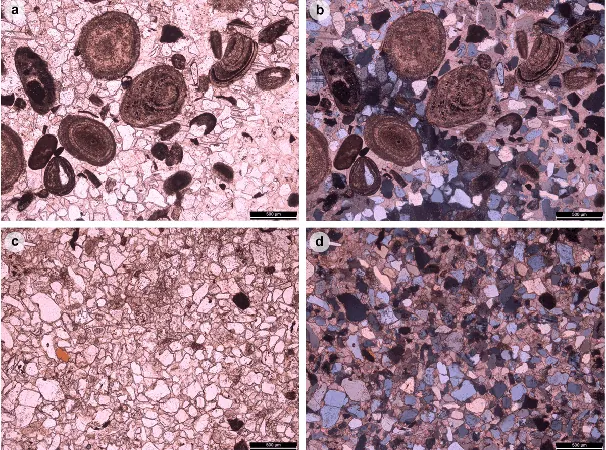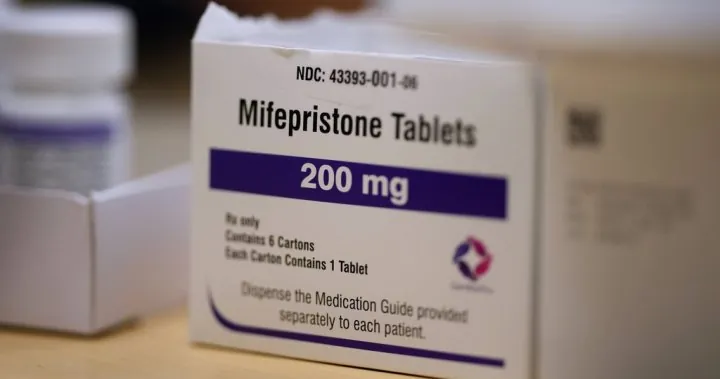
Groundbreaking Advances in Parkinson’s Disease Research at UHN
2025-04-02
Author: Jacques
April marks Parkinson’s Awareness Month, a critical time to deepen our understanding of Parkinson’s disease, which affects over 110,000 Canadians. As we stand in solidarity with those living with this condition, we shine a light on the spectacular research advancements emerging from the University Health Network (UHN).
Parkinson’s disease is a degenerative neurological disorder driven by the loss of dopamine-producing neurons in the brain. This neurodegeneration leads to a variety of symptoms, including tremors, muscle stiffness, slowed movements, and challenges with walking that can significantly impede daily life. While there are currently no treatments that halt the degenerative process, UHN is at the forefront of research, exploring innovative strategies through clinical trials and pioneering studies to expand treatment options and work toward a definitive cure.
At the heart of these advancements is the Krembil Brain Institute, located within Toronto Western Hospital. This institute houses the Edmond J. Safra Program in Parkinson’s Disease, which includes the renowned Morton and Gloria Shulman Movement Disorders Clinic. Recognized as a Parkinson’s Foundation Centre of Excellence, it ranks among the largest specialized centers in North America and provides care to over 10,000 patients each year.
The Krembil Brain Institute is not just a treatment center; it is a hub of cutting-edge research, where a collaborative team of experts strives to uncover the mechanics of Parkinson’s disease and develop innovative therapies. This past year has seen several significant breakthroughs, significantly advancing our knowledge of the disease.
A major development is the introduction of a new biological classification model for Parkinson’s disease, led by Dr. Anthony Lang at Krembil. Unlike traditional methods that focus solely on observable symptoms like tremors and stiffness, this new framework dives into the biological mechanisms underlying the disease. Named the SynNeurGe model, it focuses on three critical biological markers:
1. S:
Pathological alpha-synuclein (α-Syn) accumulation in brain tissue.
2. N:
Measurable neurodegeneration that occurs as the disease progresses.
3. G:
Genetic variants that increase the risk of developing Parkinson’s disease.
The innovative “S-N-G” system offers a profound new way to classify patients, allowing for a more personalized approach to treatment and potentially distinguishing Parkinson’s from other neurodegenerative disorders.
Further breakthroughs have emerged from the research of Drs. Suneil and Lorraine Kalia, who have explored the potential of Deep Brain Stimulation (DBS) as not just a symptom-relief method but also as a potential mitigator of disease progression. Traditionally, DBS has focused on alleviating motor symptoms by sending targeted electrical impulses to the brain's basal ganglia. However, these scientists discovered that DBS could lower levels of toxic α-Syn, which is crucial in driving disease progression. By carefully stimulating the substantia nigra pars compacta, they observed a reduction in α-Syn accumulation, suggesting that specific targeting could enhance treatment effectiveness.
Another intriguing discovery was made by Dr. Luka Milosevic and his team, who investigated how specific brain regions behave differently in Parkinson’s disease compared to dystonia, a movement disorder characterized by spasms and uncontrolled movements. They found distinct patterns of activity in the globus pallidus internus—slower and irregular firing in dystonia versus more consistent firing in Parkinson’s. Understanding these unique patterns could lead to more tailored DBS treatments, resulting in improved patient outcomes.
With every finding, UHN is paving the way for innovative therapies that could reshape the future of Parkinson’s treatment, steering closer to a world where we can effectively manage or even cure this challenging disease. As research continues, the hope grows not just for those affected by Parkinson's but also for the healthcare community committed to discovering solutions.









 Brasil (PT)
Brasil (PT)
 Canada (EN)
Canada (EN)
 Chile (ES)
Chile (ES)
 Česko (CS)
Česko (CS)
 대한민국 (KO)
대한민국 (KO)
 España (ES)
España (ES)
 France (FR)
France (FR)
 Hong Kong (EN)
Hong Kong (EN)
 Italia (IT)
Italia (IT)
 日本 (JA)
日本 (JA)
 Magyarország (HU)
Magyarország (HU)
 Norge (NO)
Norge (NO)
 Polska (PL)
Polska (PL)
 Schweiz (DE)
Schweiz (DE)
 Singapore (EN)
Singapore (EN)
 Sverige (SV)
Sverige (SV)
 Suomi (FI)
Suomi (FI)
 Türkiye (TR)
Türkiye (TR)
 الإمارات العربية المتحدة (AR)
الإمارات العربية المتحدة (AR)